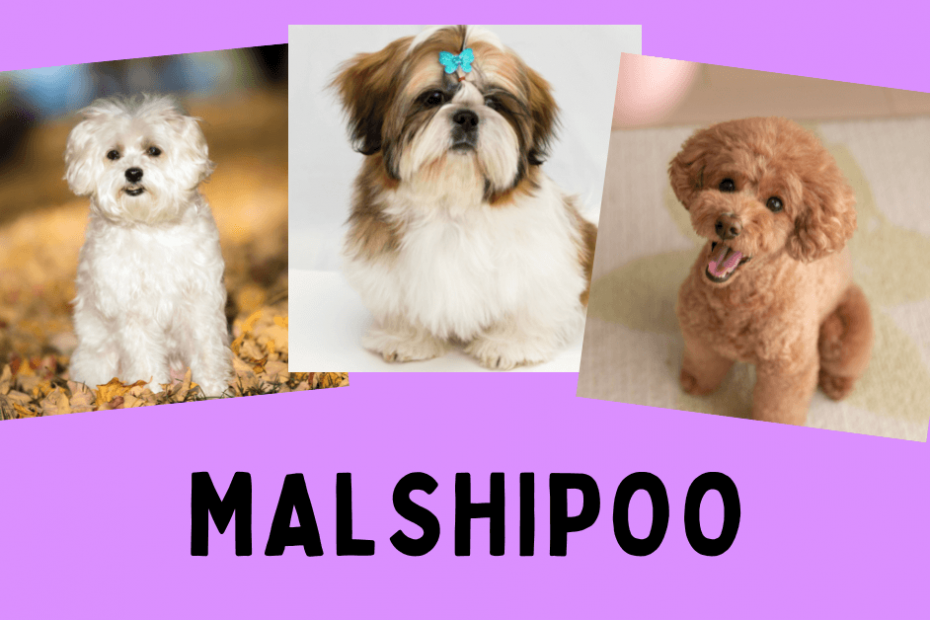Malshipoos combine three favorite breeds into a single, small, adorable package. Every Malshipoo is a designer dog with Maltese, Shih-Tzu, and Poodle heritage. More often than not, the Poodle parent (or grandparent) is a toy or miniature to keep the offspring small.
What is a Malshipoo, Exactly?
When dealing with designer dogs, the nomenclature can be a little hard to follow. Combining three breeds is even more confusing. Here are the terms you need to know to understand Malshipoos.
A Malshi is a cross between a Maltese and a Shih Tzu. A Maltipoo is a hybrid of a Maltese and a Poodle. A Shih-Poo is a Shih Tzu and a Poodle.
The American Kennel Club does not recognize these designer dogs, but the International Designer Dog Registry and the Designer Dog Kennel Club recognize them.
A Malshipoo is a mix of all three breeds.
Every Malshipoo is a designer dog that has one parent that is a designer (hybrid) dog bred from one purebred parent and one designer dog parent. A Malshipoo can be a mix of a Malshi with a Poodle, or a Maltipoo bred with a Shih Tzu, or a Maltese bred with a Shi Tzu.
Malshipoos shouldn’t be confused with Malchipoos, which are a Maltese-Chihuahua-Poodle mix.
What Does a Malshipoo Look Like?
While the designer dog parents of Malshipoos have been around for over 20 years, Malshipoos are new enough that they are not yet recognized by any dog registry. As a result, there aren’t any breed standards that tell prospective owners what they can expect.
However, if you get your dog from a reputable breeder (more about how to find a reputable breeder a little later in this article), and the Poodle parent or grandparent is a Toy or Miniature Poodle, you can know what to expect.
Height and Weight
Maltese weigh up to 7 pounds. Shih Tzus are considerably larger, usually 9 to 16 pounds.
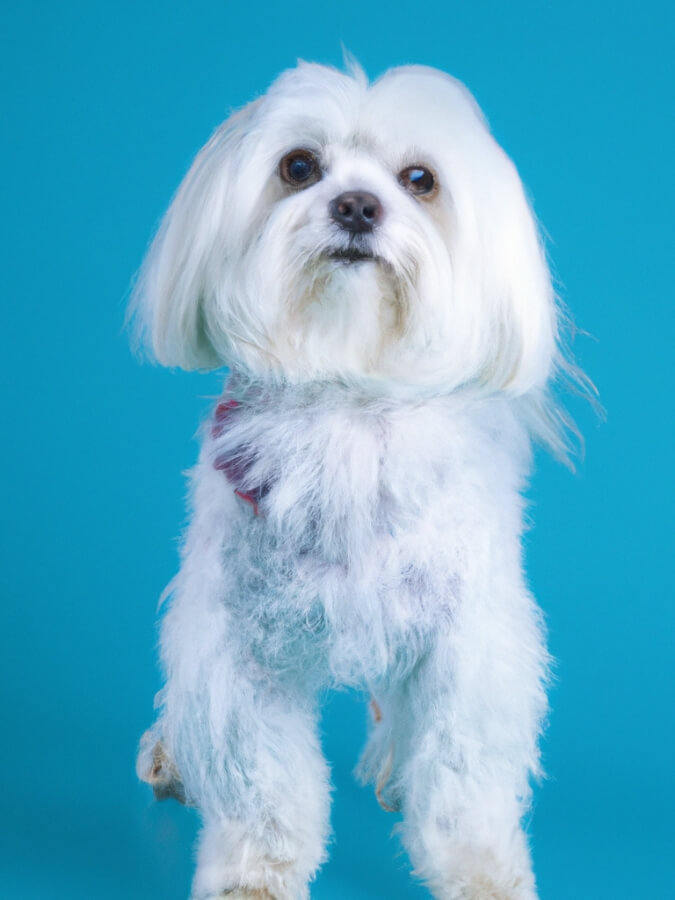
A Toy Poodle may weigh as little as 4 pounds and up to 6 pounds; Miniature Poodles are about the same size as Shih Tzus, 10 to 15 pounds.
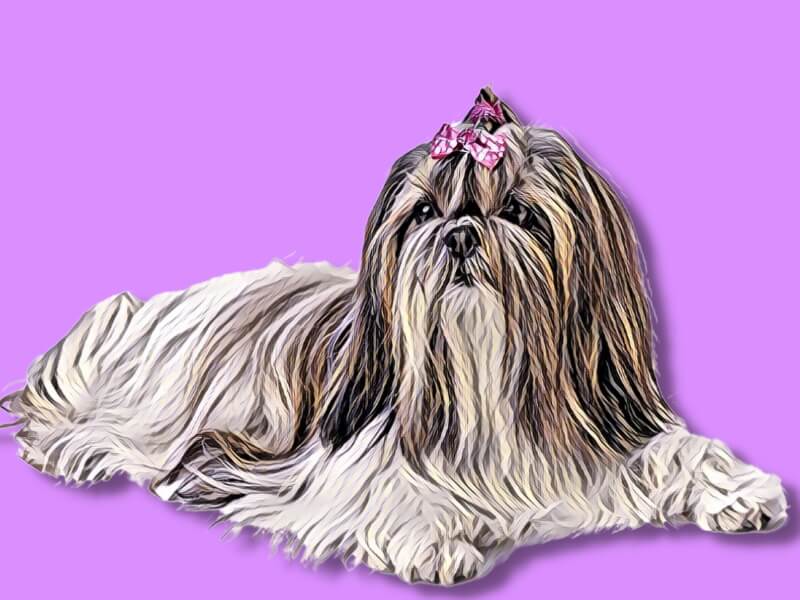
Maltese are usually 7 to 9 inches (14 to 23 cm) tall. Shih Tzus are taller, 9 to 10.5 inches (23 to 27 cm) tall, and Miniature Poodles are taller still, 10 to 15 inches (25 to 38 cm).
A Malshipoo will weigh about 10 pounds and stand about 10 inches (25 cm) tall. A Malshipoo might be smaller if one parent or grandparent was a Toy Poodle and larger if one parent or grandparent was a Miniature Poodle.
Larger Poodles aren’t bred to Maltese or Shih Tzus because of the difficulty of carrying the unborn puppies during pregnancy.
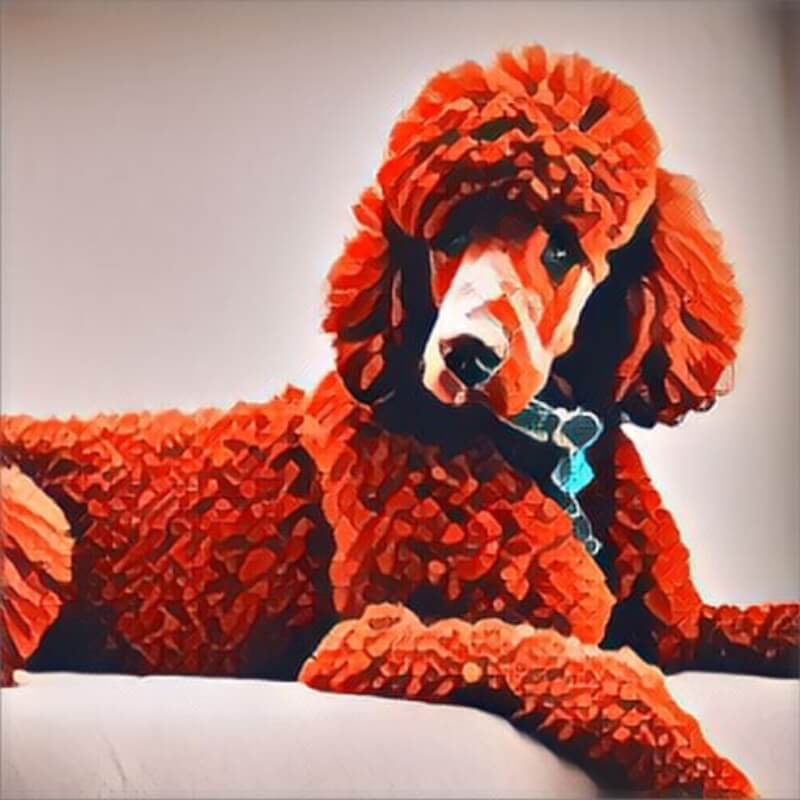
Size Depends on Breeding
The size of a dog is influenced by several genetic factors, the most important of which isn’t a gene but a strand of DNA called IGF1-AS. (It’s not a gene because it governs RNA instead of carrying instructions for making a protein.) Every dog has two strands of this DNA, and each strand can cause the dog to grow either large or small.
If a dog gets two “large” variants, it grows big, like a German Shepherd. Two “small” variants will cause it to grow into a miniature. To be sure a Malshipoo turns out to be a lap-sized dog, the breeder must ensure each puppy only receives “small” DNA from its parents and grandparents.
Coat Color and Curl
There is a beautiful range of coat colors in dogs because coat color is controlled not by one but by five groups of genes. Each group of genes is called a locus. E, K, A, B, and D loci have up to four variations each.
The E locus, for example, has E, Em, Eg, and e genes. The E gene codes for black coat color. But the presence of other genes may make those pigments turn out brown, blue, or isabella. The e gene codes for red coat color. But other genes dictate where the red color will appear.
A puppy can inherit two e genes for red colors in its coat that are never seen because B and D genes lighten the pigment to make it invisible.
These genes also determine eye, nose, and paw color. The variations you can find in Malshipoos come primarily from their Maltipoo parent or grandparent.
Maltese dogs have long, white hair but aren’t heavy shedders. They aren’t hypoallergenic, but they aren’t the worst choice for people with dog dander allergies.
Shih Tzus are hairy dogs, but they aren’t heavy shedders, even though they have a double coat.
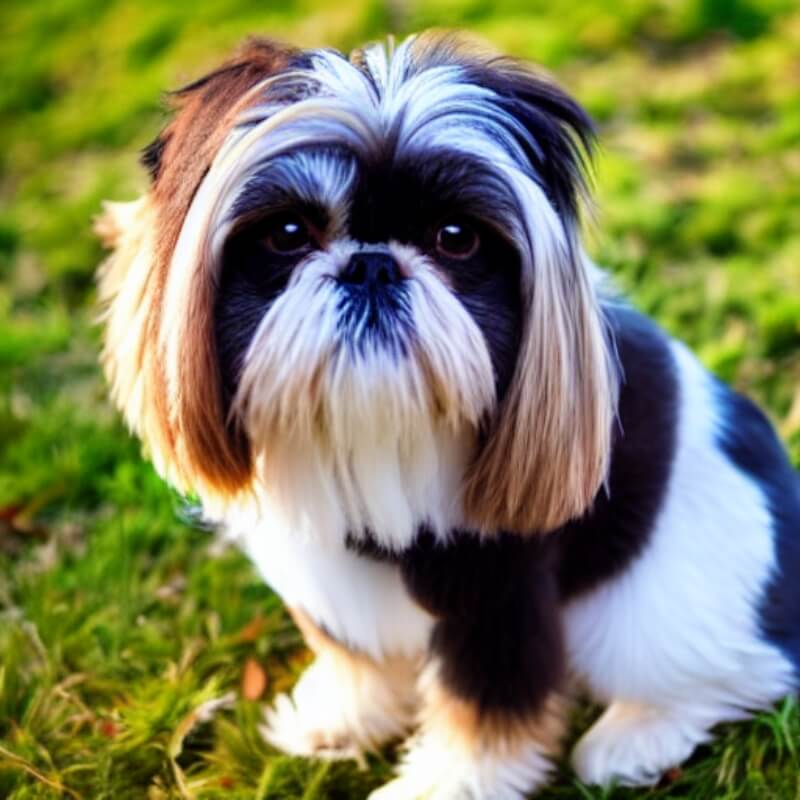
So, what kind of coat do you get when you mix the genetics of a Maltese with the genetics of a Shih Tzu with the genetics of a Poodle?
Poodles carry a gene called KRT71. If any dog gets two copies of this gene from its parents, it will have curly hair. Dogs with just one copy have wavy hair, and dogs without copies of this gene have straight hair.
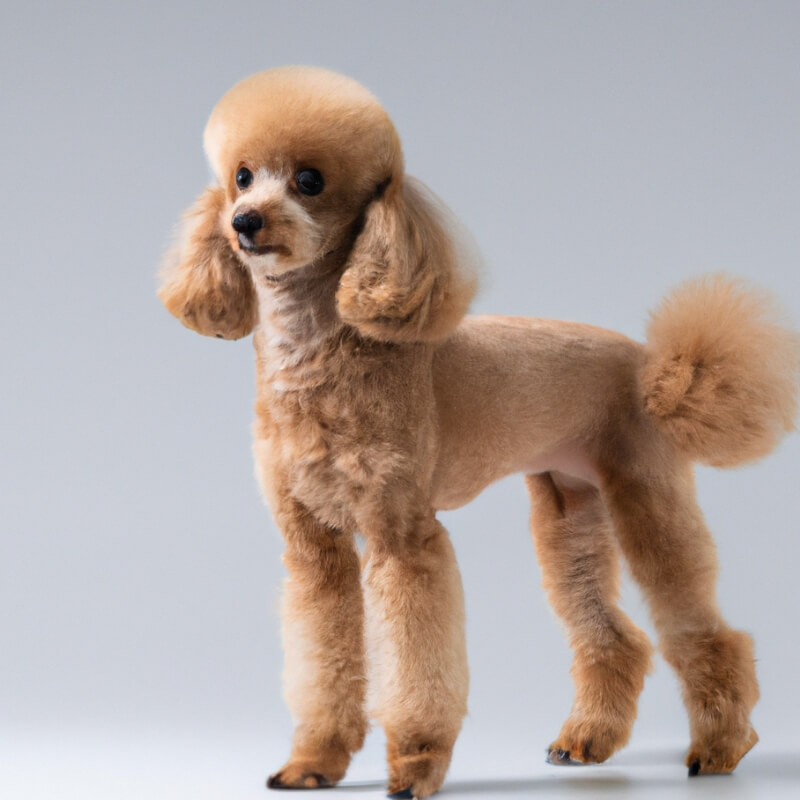
How genetics work for a Malshipoo depends on which breeds were the parents and which were the grandparents.
Cross a Malshi with a Poodle, and all the resulting Malshipoo puppies will have at least wavy and possibly curly hair. Cross a Maltipoo with a Shih Tzu; some puppies may have long, straight hair.
Here are the possible combinations:
Black Malshipoos have the black hair color of their Poodle parent or grandparent with the long hair of their Maltese parent or grandparent. The Shih Tzu parent or grandparent’s genetic contribution determines whether the Malshipoo has a single or double coat.
Some Malshipoos will have black hair as puppies that turns brown as they grow up. But they will have black paws and noses.Exposure to sunlight can give a Black Malshipoo’s hair a reddish tinge.
Blue Malshipoos are often born black but fade to blue as they mature. Black Malshipoos can also fade to gray.
Chocolate Malshipoos have a coat the same color as a Hershey Bar. But they can fade to tan as they become adults.
Red Malshipoos are very hard to breed. It is easier for breeders to get apricot coats.
All-white Malshipoos require all-white parents and grandparents. Not just the Poodle parent or grandparent will need to be all-white. Most breeders look for Poodles with an all-white pedigree going back five generations to be sure of getting all-white Malshipoo puppies.
You will occasionally encounter Malshipoos with bronze, cream, or liver colors. There are also Malshipoos with parti coats, 50 percent black with the rest blue or sable.
All Malshipoos need regular grooming to prevent tangles and matting. Most owners will take them to a professional groomer monthly.
Traits & Characteristics

Is a Malshipoo Right For You?
Malshipoos are lap dogs. They love to curl up with their owners. They are designed to be loving companions.
Malshipoos are intelligent dogs. They are easy to train. They adapt to new living conditions quickly.
Malshipoos are great apartment dogs. They fit in small spaces. They don’t need a lot of outdoor activity. In fact, you need to be extra careful when you take your Malshipoo outdoors for exercise, protecting it from larger dogs and road hazards. Malshipoos don’t cost a lot to feed.
The price of constant companionship from your Malshipoo is, well, constant companionship. Malshipoos do not like to be left alone. They can experience separation anxiety if not supplied with toys or a companion pet. They get along well with other dogs and cats and are loving pets for small children, but that leads to another concern.
Malshipoos are small dogs that are easily injured. Falling from a child’s arms can break their small bones. They are easy to miss when they go under furniture, under a car, or someone carrying a box or a bag of groceries,
Malshipoos don’t make good guard dogs. At most, they could nip the ankles of an intruder.
With some grooming and the right haircut, a Malshipoo can look like a living teddy bear. But Malshipoos tend to look like puppies their entire lives. Not everyone likes the look of an aging dog.
Other common concerns include the following:
- Malshipoos love the sound of their own bark. They require intensive training to minimize barking.
- Malshipoos are great companion dogs for kids, but it is important to ensure that children treat them gently.
- Malshipoos thrive with a daily walk, but they also need complex play or puzzle toys for mental stimulation.
Malshipoos can steal the heart of any dog lover. They never run out of love to give.
Health Concerns for Malshipoos
Nearly all Maltese, Shih Tzus, and Poodles suffer from the same preventable health problem: gum disease. Small dogs need to have their teeth brushed two or three times a week.
You will need a flat toothbrush designed to reach your dog’s back teeth and detergent-free, liver-flavored toothpaste. Most dogs come to enjoy tooth brushing sessions that can make a huge difference in how long they keep their teeth.
Malshipoos are prone to a condition called patellar luxation, in which the knee, thigh, and shin bone aren’t aligned. Making sure they never have to go up and down stairs reduces the risk of developing this problem.
Any reputable breeder will do genetic testing for common health problems before breeding the parents. It’s always OK to ask about the parents before you buy a dog. It is better to meet the parents and the puppy before you take your Malshipoo home.
How to Find Your Malshipoo
The best way to find your Malshipoo is to work with a reputable breeder. Professional dog breeders take time to make sure puppies get a good start in life. They will have begun socializing your dog with people and other pets, and they will be able to give you face-time with their puppies before you make a selection.
To find reputable breeders, ask your veterinarian. Or make inquiries at the International Designer Dog Registry and the ones mentioned above. Malshipoos are rarely available as rescue dogs, but it never hurts to let your local shelter know that you are looking for this delightful designer dog.

